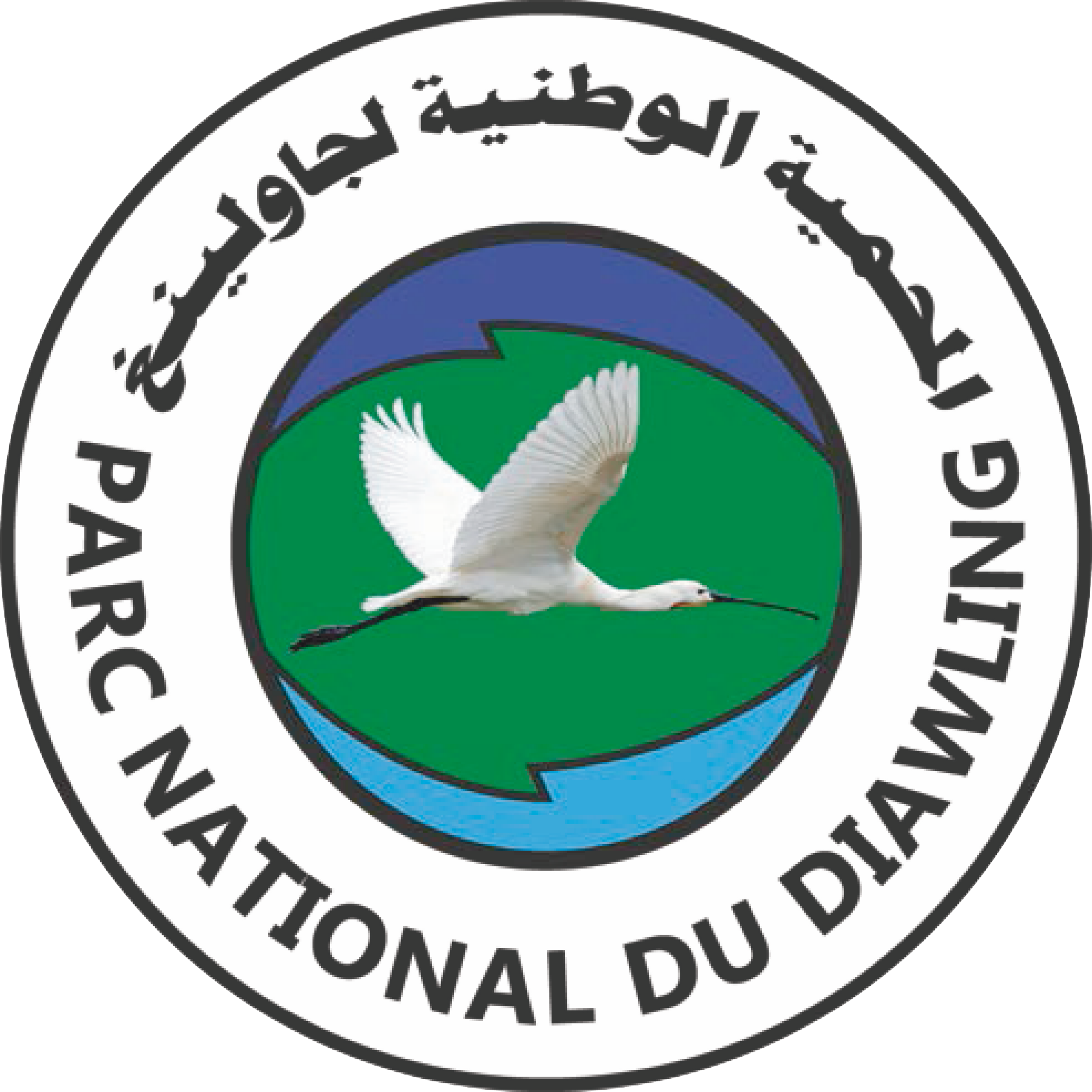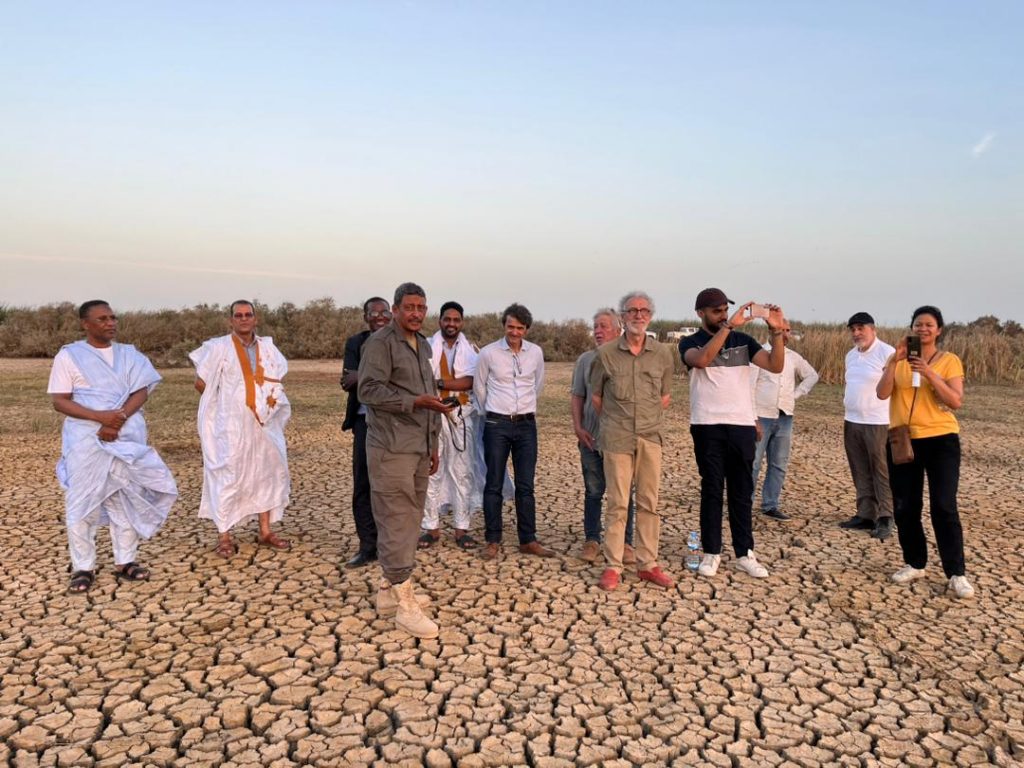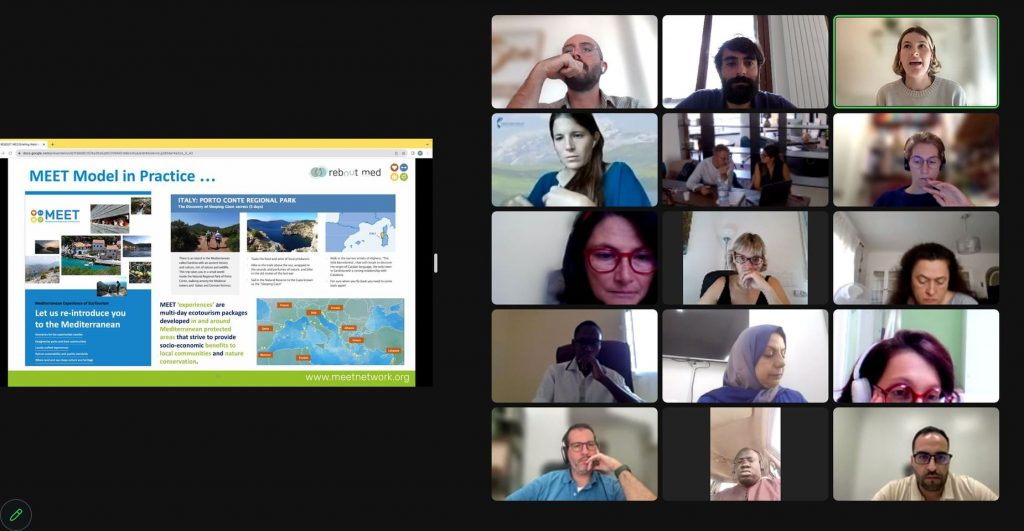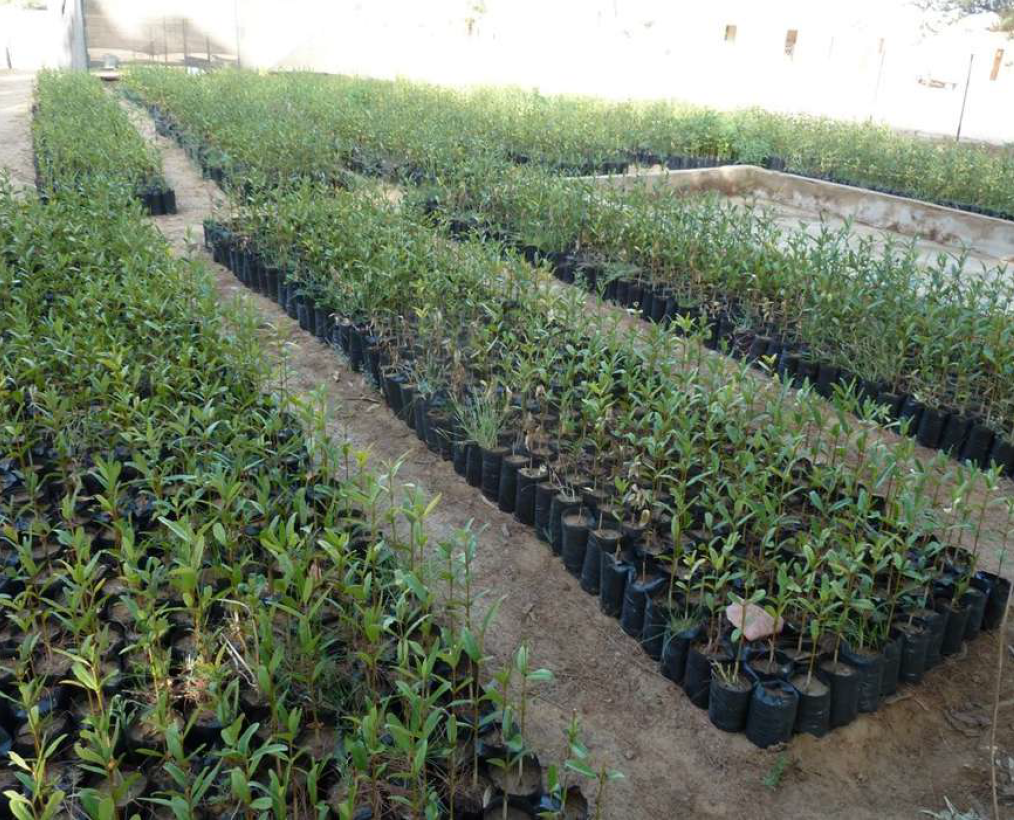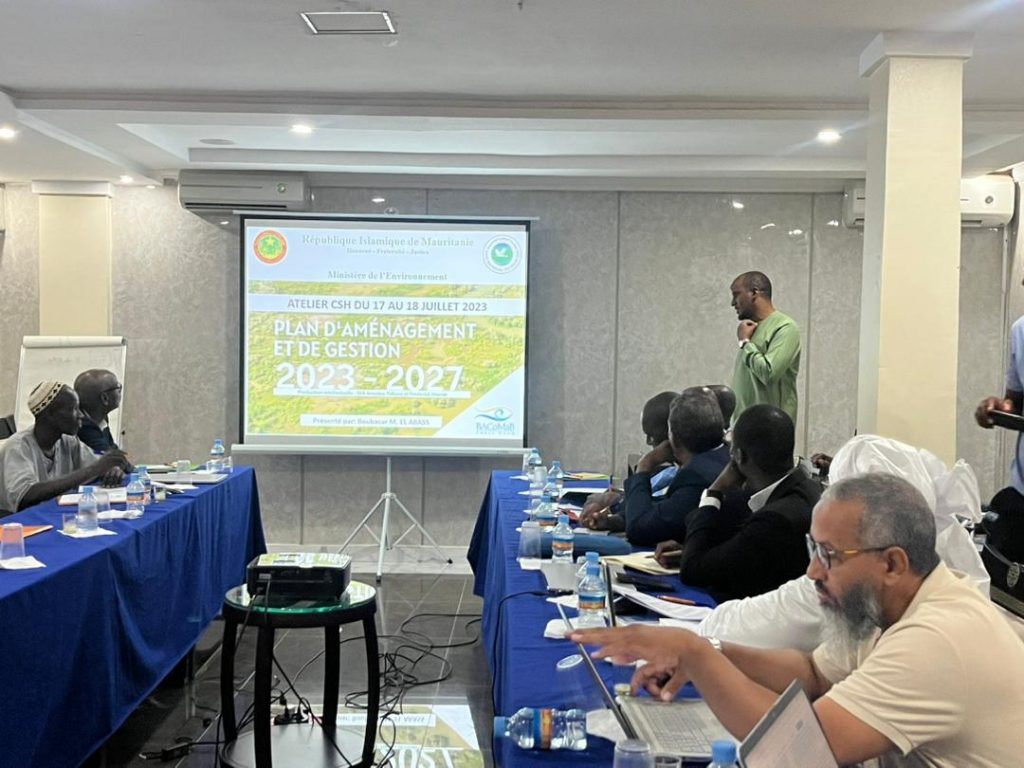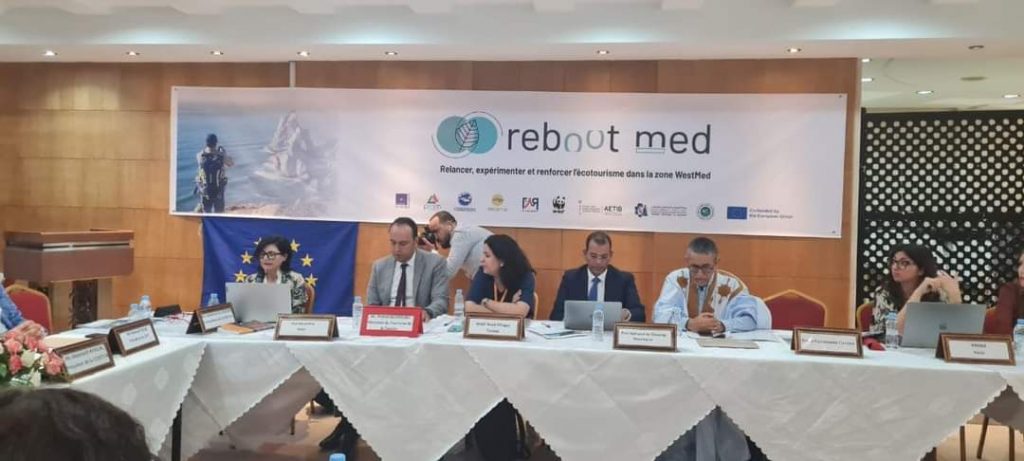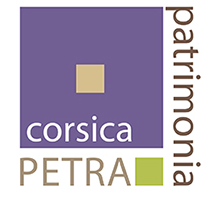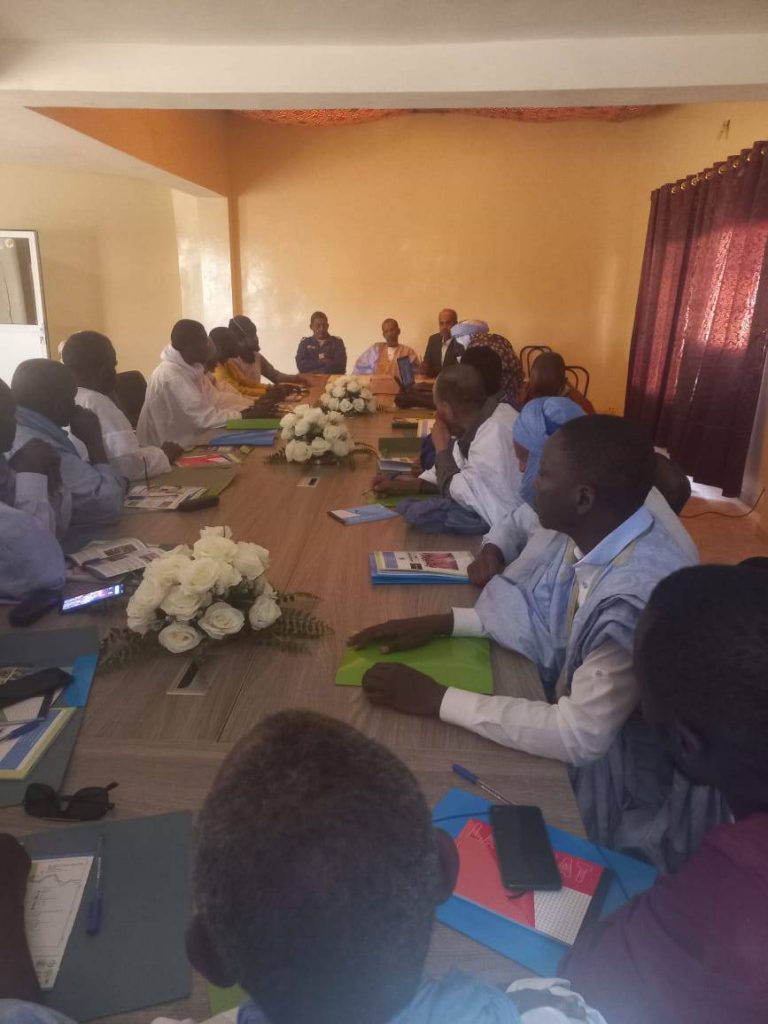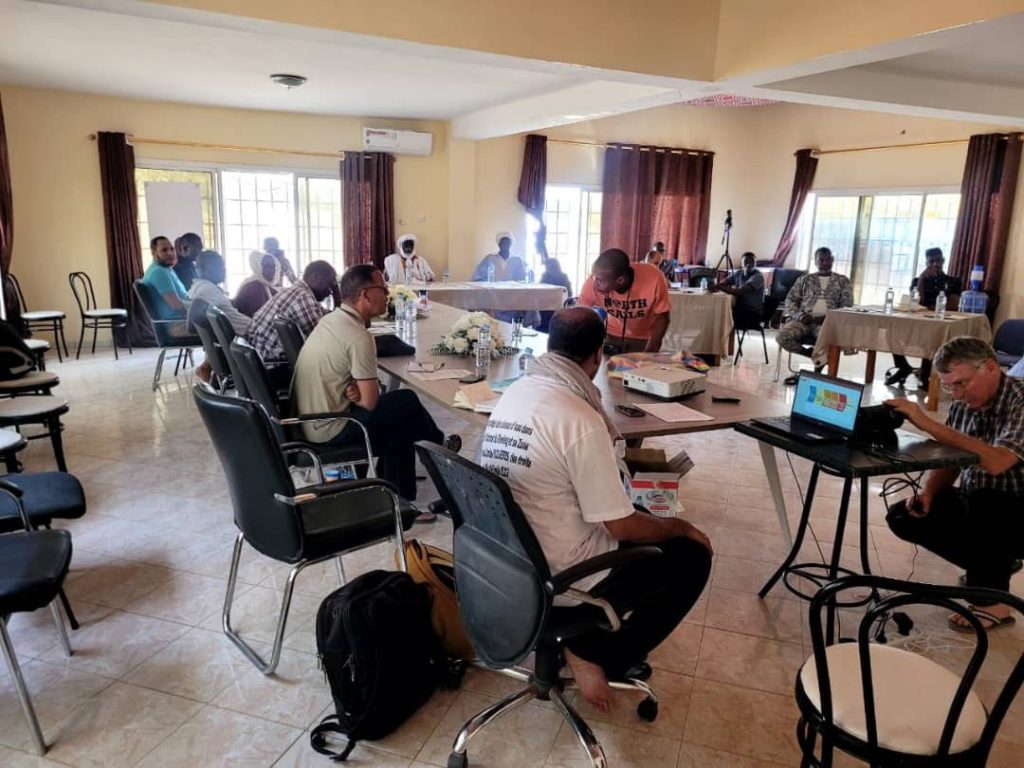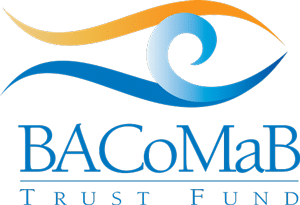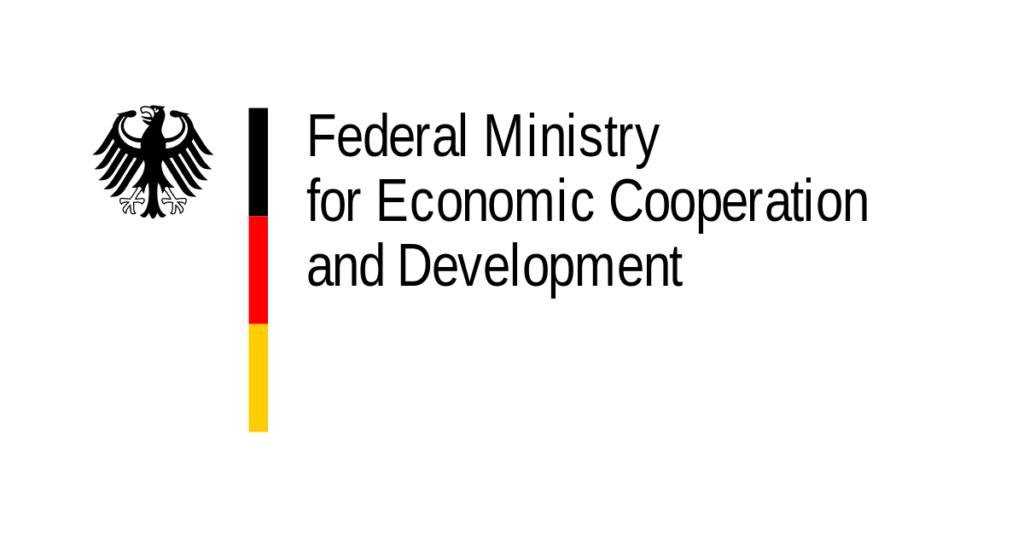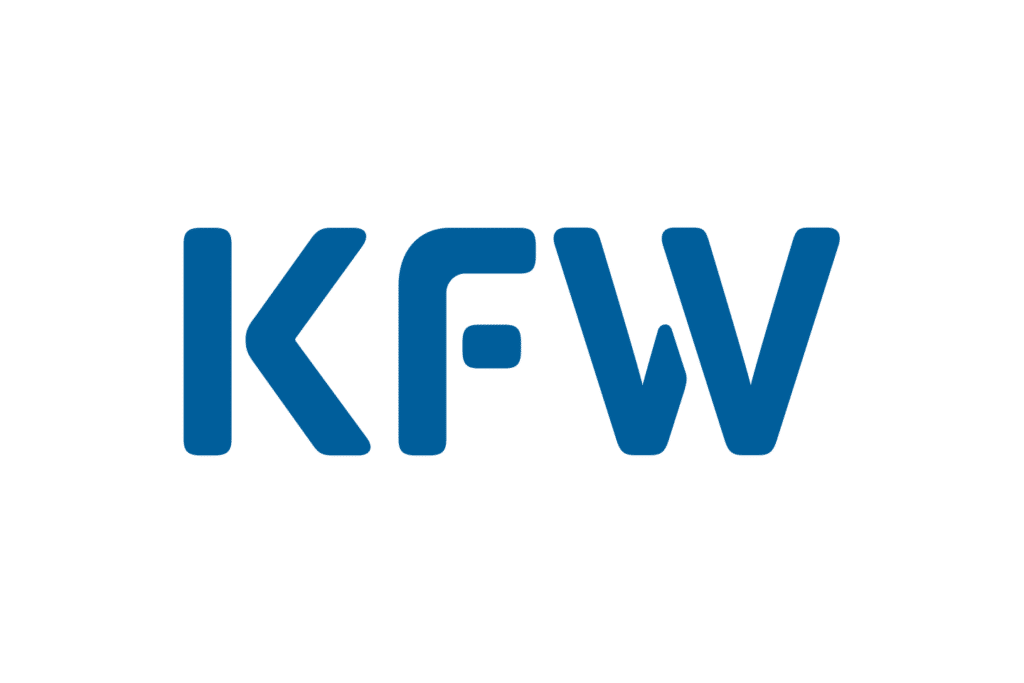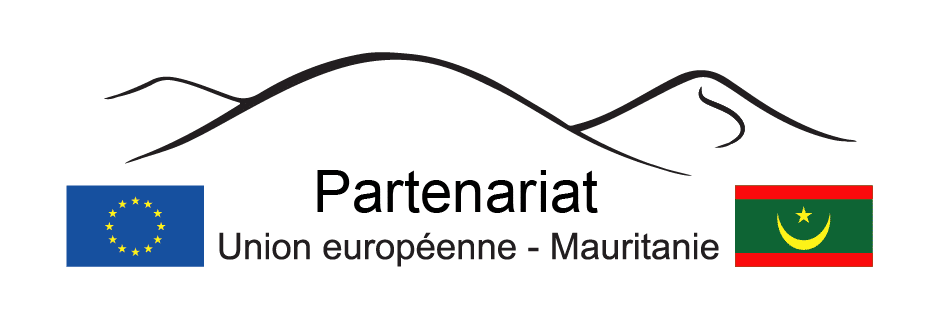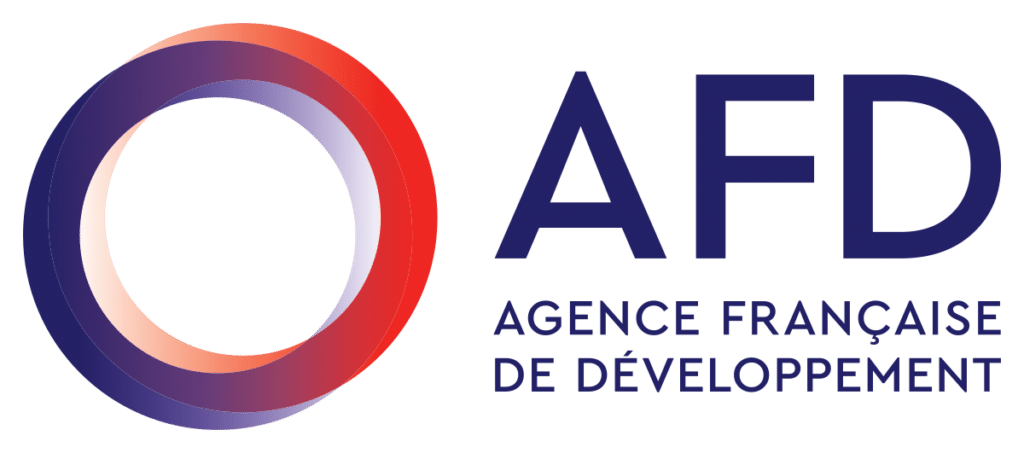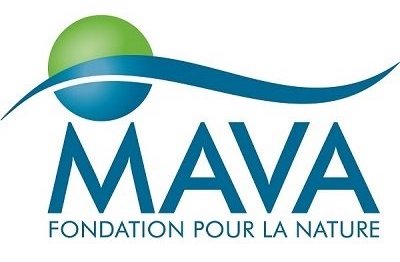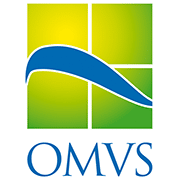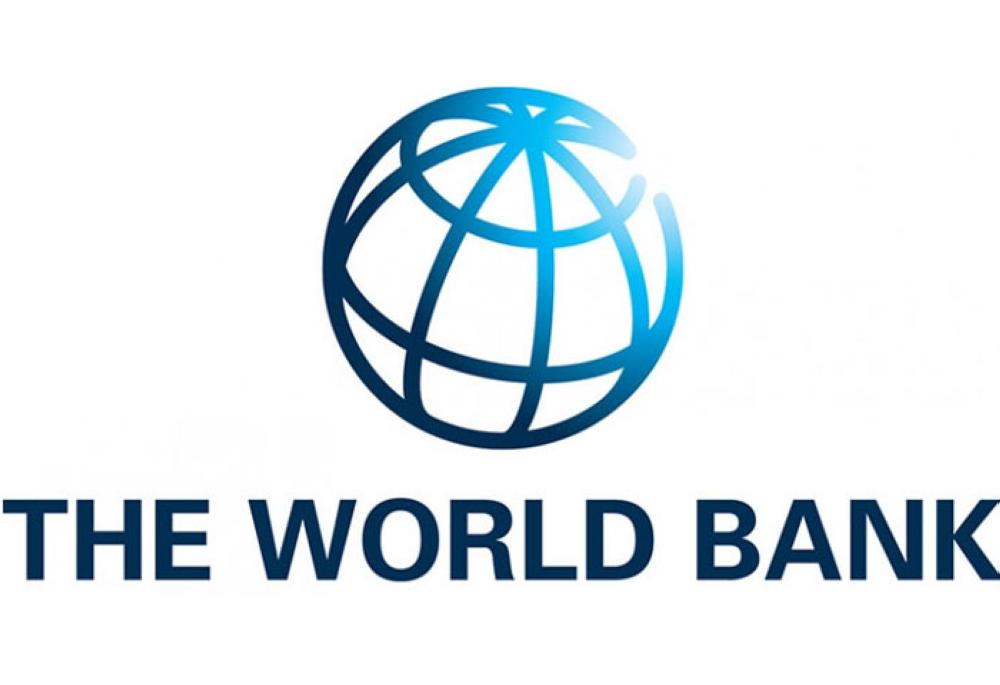CSH & flood scenario
Because of hydrological changes that the lower delta of the Senegal River has undergone in recent decades, the proper functioning of Diawling's aquatic environments today depends not only on their own characteristics, but also on human action. Indeed, it plays a major role in biological, hydraulic, aquatic and terrestrial exchanges: water management is the main parameter which conditions the productivity of ecosystems, with the corollary of the services provided to local populations.
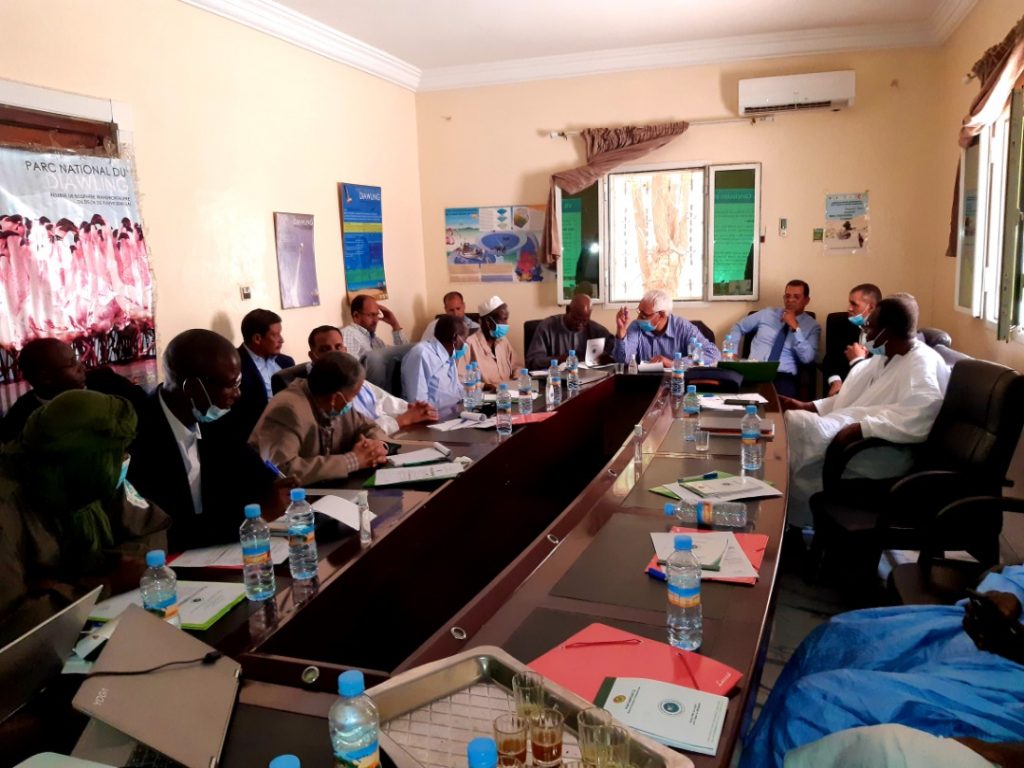
The CSH, a flagship body for protected area management
With the aim of establishing a sustainable management of ecosystems based on water control on the one hand, and to maintain conditions favorable to restoration and conservation of habitats, species and biodiversity on the other hand, a Multidisciplinary Hydrological Monitoring Committee (CSH) was created on April 20th by memo No. 0010/D/PND. For information purposes, the CSH met 9 times during the 2018-2022 PAG.
Flagship body for protected area management, the CSH develops each year in June a flood scenario for flood campaign coming, in consultation with users (Union of Trades, which represent the 4 trades of the PND: Fishing – Livestock – Crafts – Market Gardening). Generally, the opening of the floodgates is scheduled for July 1, and their closing on October 31 (flooding for 4 months in total, then the water levels gradually decrease until complete drying in April of the following year ).
Experts mobilized for good water management in the area : a Hydrological Monitoring Committee (CSH), which plays a scientific advisory role through the development of the flood plan, the annual assessment, etc., and the permanent contribution of a hydrologist to the regular monitoring of water quality, basins and groundwater tables.
The objectives of the CSH
- Define monitoring indicators hydrology
- Guide procedures hydrological data collection
- Revise if necessary and validate the flood scenario proposals (opening date, duration of flooding, management of structures, opening level, flow rates, etc.)
- Analyze hydrological data of the past campaign, and correlate them with ecological, socio-economic data, etc. to have a global vision of the phenomena at work
- Take stock of the flood campaign passed into a final report describing in detail the processes and induced effects observed during the campaign and recommendations for future campaigns

